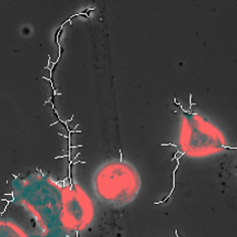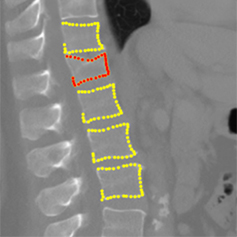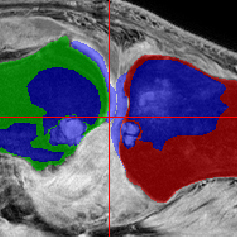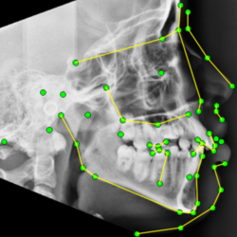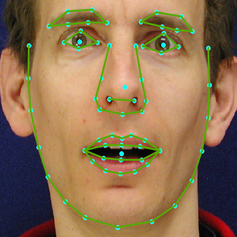
Imaging science
Our researchers
- Tim Cootes (Area Lead)
- Chris Taylor
- Neil Thacker
- Carole Twining
The imaging science group uses advanced techniques to extract useful information from images and videos from a range of domains.
We both develop new methodology and provide practical solutions to imaging problems. We work closely with partners from many disciplines including clinicians, biologists, physicists, mathematicians, engineers and psychologists.
Research focus
Our research is focused on the following specialist areas:
-
Biological image analysis
Manchester has one of the most advanced suites of microscopes in the UK. We work with biologists to automate the analysis of the resulting images. Challenges include detecting and tracking cells, extracting complex structures from large 3D images,finding and tracking cells as they grow.
-
Diagnosis of vertebral fragility fractures
We are working with the Manchester University NHS Foundation Trust and Optasia Medical Ltd. to launch ASPIRE™, the word’s first machine learning based teleradiology service specifically designed to detect vertebral fractures caused by osteoporosis. By combining Manchester’s expertise in shape and appearance models for clinical images with oversight from expert clinicians, ASPIRE™ can increase the accuracy and efficiency of diagnosis, ensuring that patients get the treatment they need to prevent future, more serious fractures.
-
Medical image analysis
Images are routinely used to diagnose disease and monitor treatment. We work closely with radiologists and clinicians in many different areas (including cancer, musculoskeletal, neuro, cardiac, ophthalmology), developing novel algorithms to locate and measure bones and organs, identify signs of disease and look for abnormalities.
-
Modelling shape and appearance
We have a world-wide reputation for our work on statistical shape modelling -representing the way the shape of objects varies across a population. Such models are used both as a way of understanding shape variations and to help locate the boundary of structures in new images. The technology we have developed underpins many of our medical and face analysis projects.
-
Studying faces
We develop advanced algorithms to represent the shape and appearance of faces, to track faces and understand behaviour. We work with psychologists to help understand how humans interpret faces.

